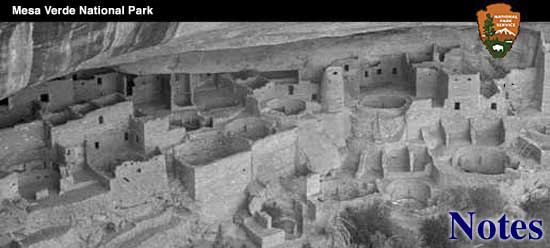

|

The practice of deformation of the skull was widespread, especially in the Americas. Two types were most common in the New World: the simple occipital and the fronto occipital. The latter, practiced in Peru, was a type of deformation with pressure exerted in two planes, the frontal and occipital (front and back of the head.) The simple occipital type of deformation was the one used by the Pueblo Indians of the Southwest. This was merely an artificial flattening of the back part of the skull believed to be caused by strapping infants on a cradle-board with little or no protection for the back of the head. According to H.L. Shapiro1, this practice of deformation may be the result of an intentional or conscious attempt to emphasize a conception of beauty or may be merely a habit in the carrying out of a tradition.
In attempting to define deformation it should be understood that inhibition of growth in one direction is compensated by growth in another. Thus the shape and diameters of a certain Mesa Verde crania deviate from the normal as a purely mechanical process, and posterior flattening of the skulls was quite marked with greater head width resulting. In the winter of 1934, fifteen skulls from the Mesa Verde Museum were sent to the Department of Anthropology, University of Denver for study and record. Thirteen of these could be studied in regard to the posterior flattening and an attempt was made to measure directly the external angle of deformation. This angle was taken using the line from the opisthion to the alveon for a base line and requiring the bisection of at least two points on the rear of the skull. From the measurements of the external angle of deformation thus obtained, two types of deformation seemed evident even in four least-deformed skulls. (See diagrams). Those with a low angle of deformation were inclined to be deformed largely in the region of the obelion and those with a high angle of deformation in the region of the lambda, the angles at these points being greatly affected. This angle ranged from 65 to 78 degrees for the least deformed skulls and here the tendency was to be lower than 65 for the obelion deformed and higher than 78 for the lambdoid deformed. 
Of the four skulls least-deformed a male and female were obelion-deformed and the other male and female were lambdoid-deformed. The deformed males presented three cases of obelion-deformation and three of lambdoid deformation. The deformed females showed two cases of obelion and one lambdoid deformation. This is only part of the conclusion from the examination of the skulls. A more complex and technical study was conducted as to the relationship of the angles formed by the chords between the various points on the skull and the angle of deformation. Physical type affinities were noted as studied. by Dr. E.B. Renaud, of the Department of Anthropology, University of Denver. A technical paper on the relationship of the six angles involved was prepared and presented at the Santa Fé Meeting of the A.A.A.S. this Spring. This preliminary examination shows that definite conclusions may prove of value when more material for research may be obtained. | ||||||
| <<< Previous | > Cover < | Next >>> |
vol6-1e.htm
14-Oct-2011